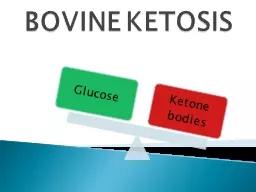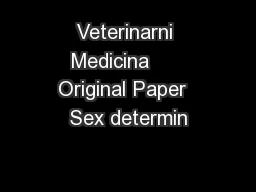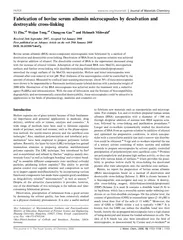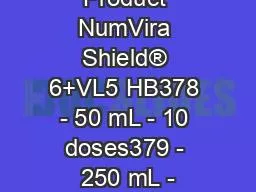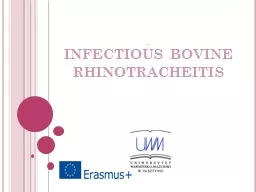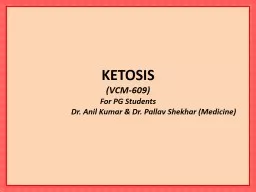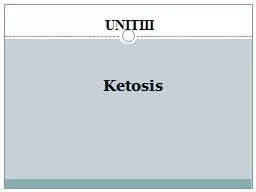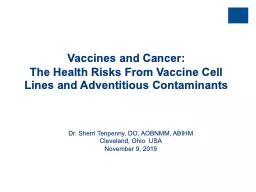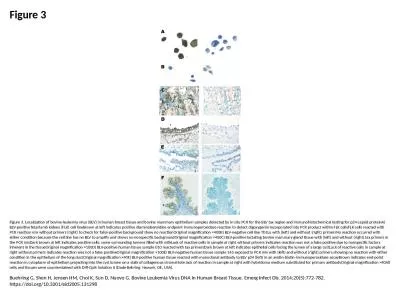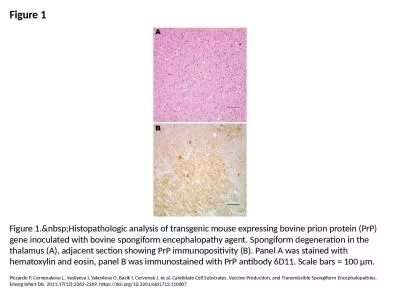PPT-BOVINE KETOSIS
Author : marina-yarberry | Published Date : 2016-05-02
Peak yield at 46 wks but high dry matter intake at 810 wks so there will be negative energy balance Low levels of glucose Mobilisation of adipose tissue Increase
Presentation Embed Code
Download Presentation
Download Presentation The PPT/PDF document "BOVINE KETOSIS" is the property of its rightful owner. Permission is granted to download and print the materials on this website for personal, non-commercial use only, and to display it on your personal computer provided you do not modify the materials and that you retain all copyright notices contained in the materials. By downloading content from our website, you accept the terms of this agreement.
BOVINE KETOSIS: Transcript
Download Rules Of Document
"BOVINE KETOSIS"The content belongs to its owner. You may download and print it for personal use, without modification, and keep all copyright notices. By downloading, you agree to these terms.
Related Documents

